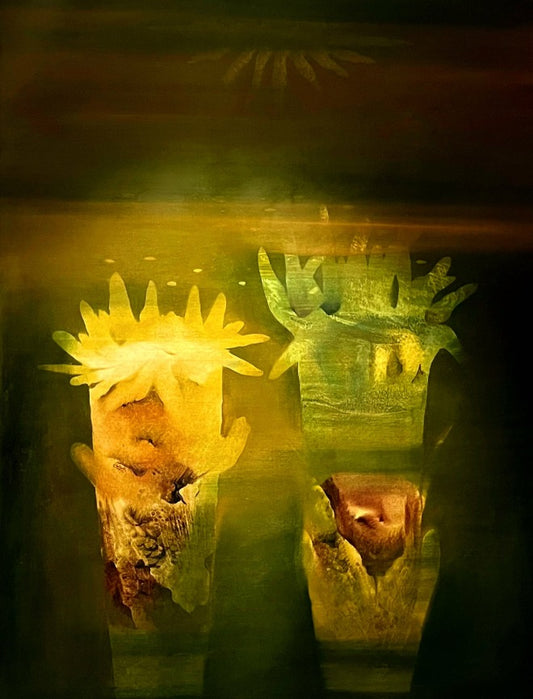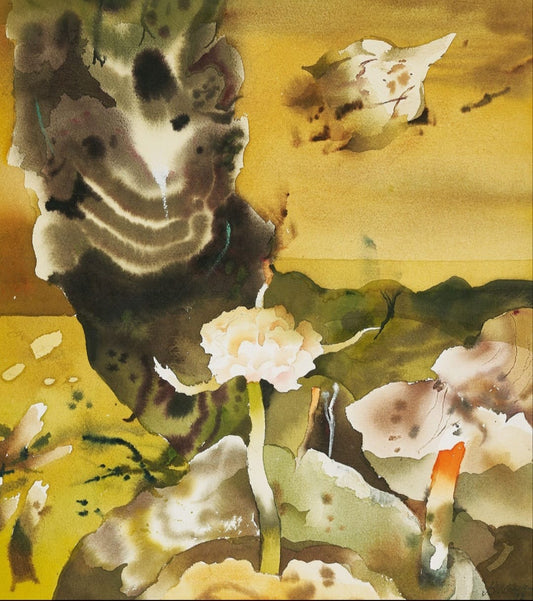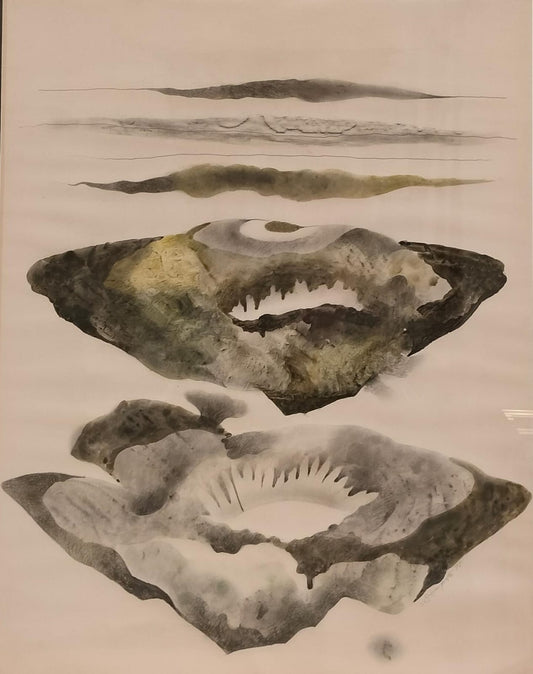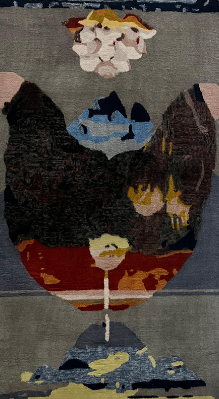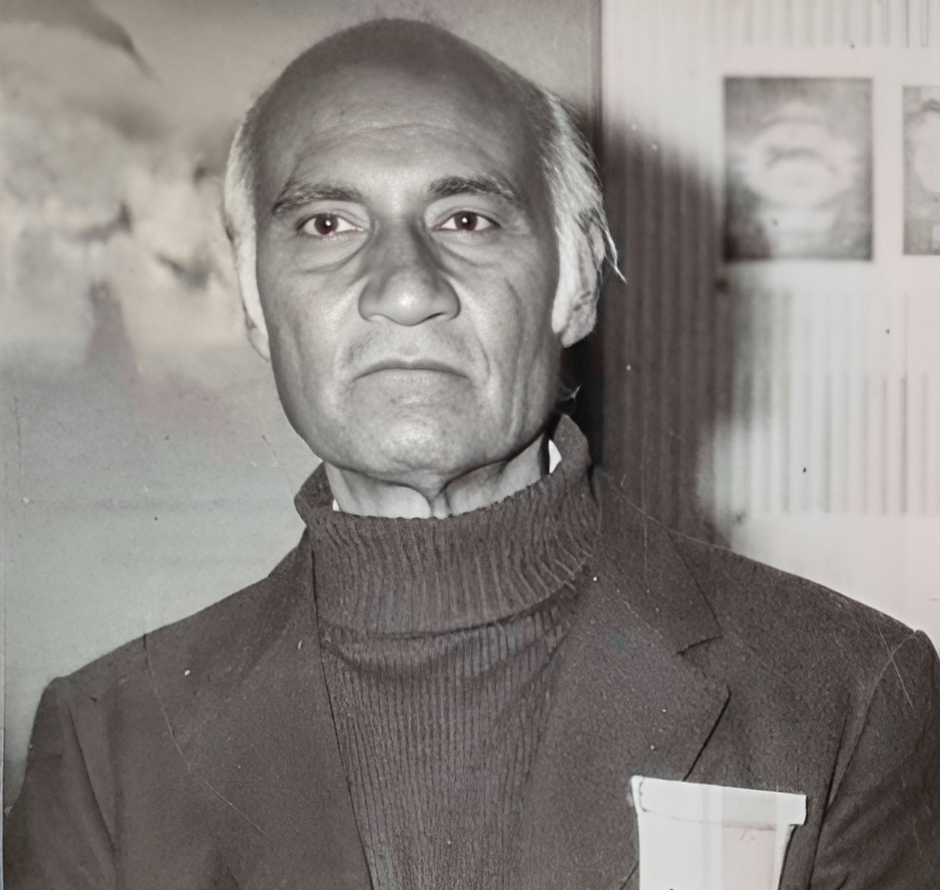
BIMAL DAS GUPTA
Bimal Das Gupta ( 1917 - 1995 ) stands among India’s earliest and most influential abstractionists. He began painting in the 1930s and was already exploring pure abstraction by the 1940s, well before the movement gained wider acceptance in India. At a time when Indian art was still negotiating between revivalism and modernism, he carved an independent path and developed a distinct visual language rooted in geometry, inner rhythm, optical balance and meditative quietude. His understanding of form and space placed him firmly among the foundational figures of Indian modernism.
A pioneer of paperwork abstractions, Das Gupta created some of post-Independence India’s most refined works on paper. These compositions were delicate, translucent and subtly spiritual, marked by restraint and an intuitive clarity. In the 1960s, he also produced a contemplative series of landscapes that retained the disciplined sensitivity of his abstract style, bringing together outward observation and an inward, reflective calm.
He was also the first Indian modernist to create a dedicated underwater series. His travels around the world allowed him to study marine life closely, which inspired a compelling visual vocabulary. The underwater movement, shifting light and organic forms he witnessed found their way into lyrical semi-abstractions, adding a rare and innovative dimension to Indian modern art.
By the late 1960s, he emerged as one of the earliest exponents of Neo-Tantra, interpreting tantric energies through luminous planes, balanced geometries and transcendental structures rather than literal symbolism. His work from this period helped bridge early Indian abstraction with a more refined spiritual modernism.
Affectionately known as “The Guru” by contemporaries and younger artists, Das Gupta was admired not only for his art but also for his innovations. His mastery across mediums, his experimental layering techniques and his influence as a teacher shaped generations of artists. Many of his approaches still inform art education in India today, securing his legacy as a guiding force across six decades of Indian modernism.

